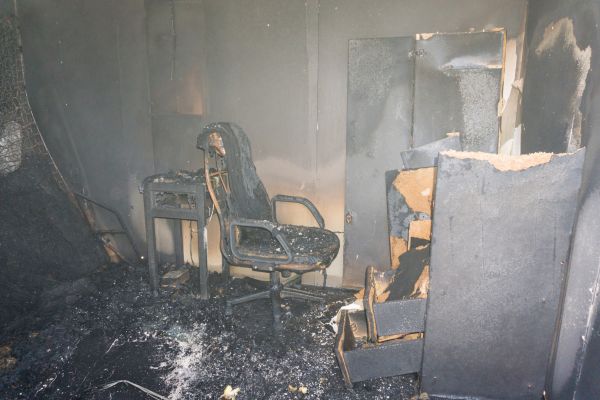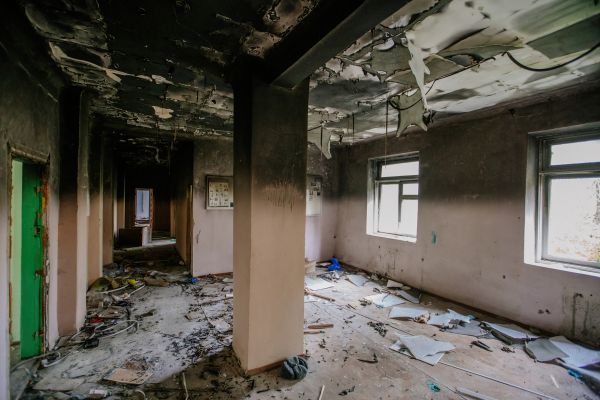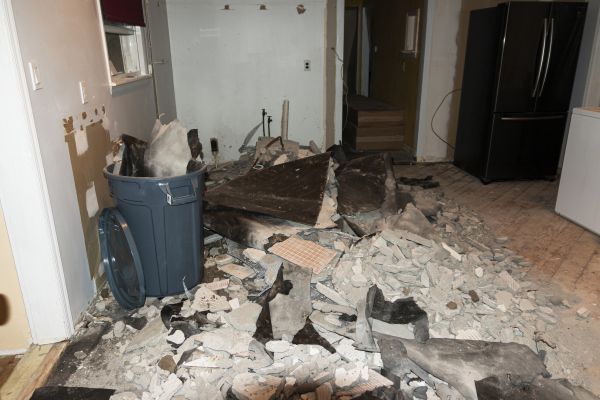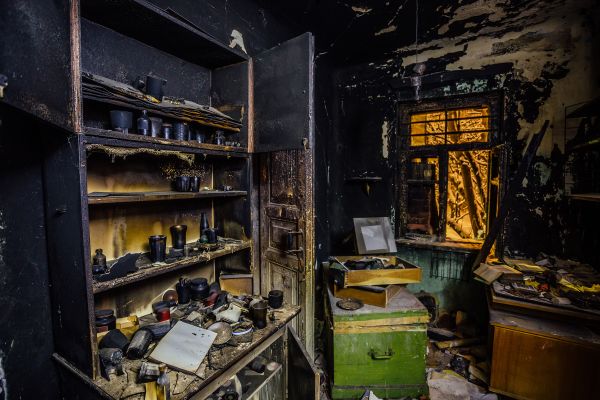Fire Damage Cleaning in Plano
Fire damage cleaning is a critical service for restoring properties affected by fire incidents. In Plano, TX, common problems include smoke residue, soot buildup, and structural damage. Property owners need quick and efficient solutions to mitigate further damage and ensure safety. Effective fire damage cleaning addresses these needs by removing contaminants, deodorizing the space, and repairing affected areas. Unique regional needs may involve specific building materials and local regulations, making tailored solutions essential for comprehensive restoration.
To connect with professionals for fire damage cleaning in Plano, TX, use the form provided.
Ensuring your fire damage cleaning project in Plano, TX is swiftly completed is our primary focus. Simply complete the form to connect with skilled professionals who understand the unique demands of the region, including considerations for the local weather and climate.
To connect with professionals for fire damage cleaning in Plano, TX, use the form provided.
- Water Damage Restoration: Comprehensive services to address and repair water damage, including drying, dehumidification, and mold remediation.
- Mold Remediation: Identifying and removing mold growth in homes and buildings to ensure a safe and healthy environment.
- Smoke Damage Cleaning: Cleaning and deodorizing properties affected by smoke to restore them to their original condition.
- Storm Damage Repair: Repairing structural and cosmetic damage caused by severe weather events such as storms and hurricanes.
- Asbestos Removal: Safe removal and disposal of asbestos-containing materials from buildings to prevent health risks.
- Air Duct Cleaning: Cleaning HVAC systems and air ducts to improve air quality and system efficiency.
- Carpet Cleaning: Deep cleaning and stain removal services for carpets in residential and commercial properties.
- Flood Cleanup: Emergency cleanup and restoration services for properties affected by flooding.
- Sewage Cleanup: Cleaning and sanitizing areas affected by sewage backups to ensure a safe and hygienic environment.
- Drywall Repair: Repairing and replacing damaged drywall to restore walls and ceilings to their original condition.
Ensuring your fire damage cleaning project in Plano, TX is swiftly completed is our primary focus. Simply complete the form to connect with skilled professionals who understand the unique demands of the region, including considerations for the local weather and climate.




